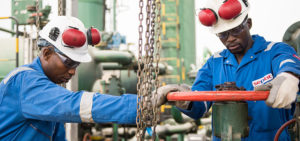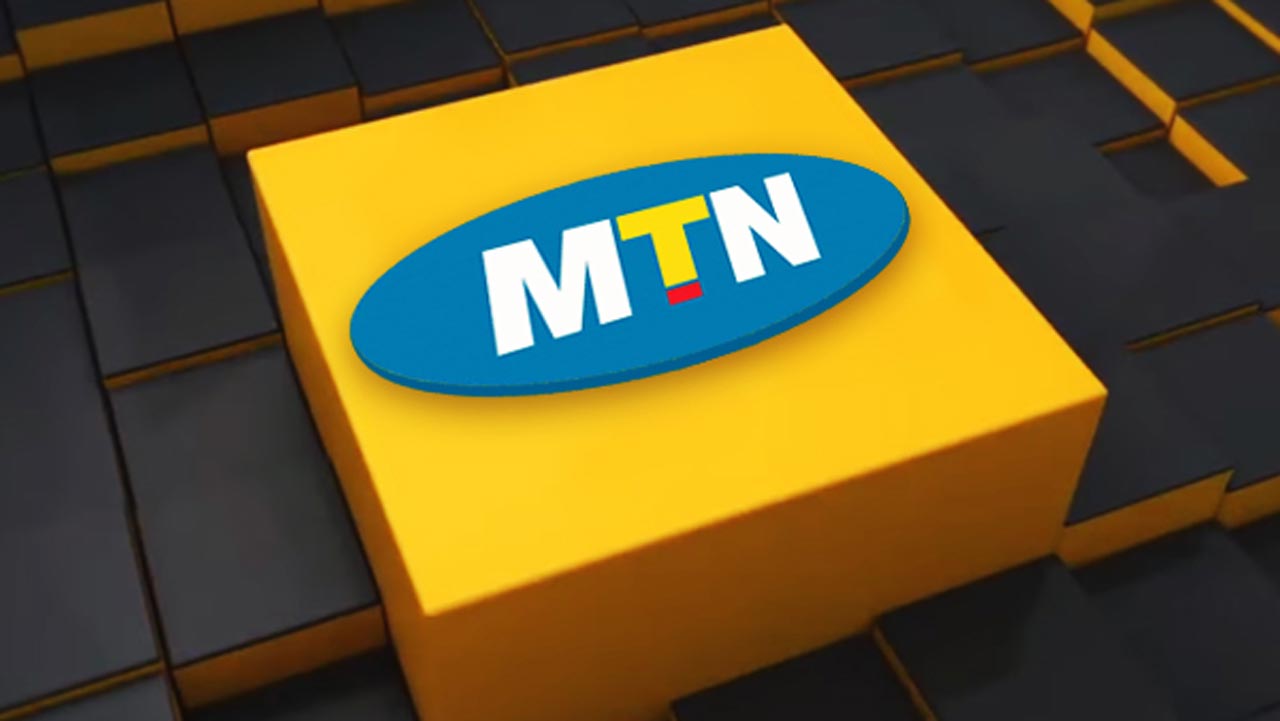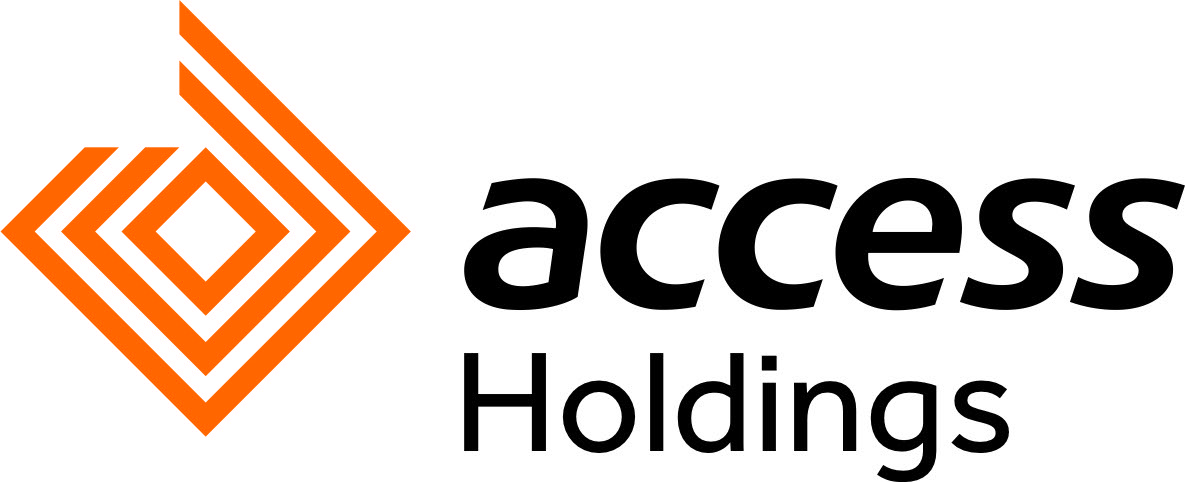Seplat Petroleum Development Company Plc (“Seplat” or the “Company”), a leading Nigerian indigenous oil and gas company listed on both the Nigerian Stock Exchange (NSE) and London Stock Exchange (LSE), has recorded a rise of 15 per cent in its half-year profit before deferred tax.
In its unaudited consolidated half-yearly financial results for the period ended 30 June 2019 made available to the NSE and LSE on Tuesday, Seplat reported a profit before deferred tax of $121m (N37bn) from $105m (N32bn) reported in the first half of 2018.
The Company’s revenue for the period also appreciated by four per cent to $355m (N109bn), which is higher than the 2018 half-year figure of $343m (N105bn).
On a similar note, the oil firm’s gross profit rose by 19 per cent to $207m (N64bn) from $174m (N53bn) reported in 2018 half-year.
Operating cash flow hit $255m from $245m, indicating a four per cent appreciation year-on-year.
Commenting on the company’s financial performance for the period, the Chief Executive Officer, Seplat Petroleum Development Company, Mr. Austin Avuru, said: “Today’s results further emphasise the strong cash generation potential of our low-cost production base and the good progress we are making at the large scale Assa North/Ohaji South (ANOH) gas and condensate development project.
“Our H1 work programme has been impacted owing to unforeseen delays from rig contractors as well as the need to undertake higher levels of maintenance and asset integrity work for longer-term benefit of the assets. Both have affected production during the H1 but we have now secured the necessary rig capacity for the second half to implement the revised work programme which will drive us towards an 2019 exit working interest production rate of 62,000 barrels of oil equivalent per day (boepd) and bring annualised production within the unchanged guidance range of 49,000 to 55,000 boepd.
“Meanwhile, we remain on an extremely solid financial footing and concentrated on furthering our growth strategy as we target both organic and inorganic opportunities to grow shareholder returns.”
The revenue of $355m (up by four per cent year-on-year) was with gas tolling revenue of $67m recognised for the first time in relation to the processing of the Nigerian Petroleum Development Company’s (NPDC) gas through the Seplat sole risk funded Oben Gas Plant 375 million standard cubic feet per day (MMscfd) expansion between June 2015 and 2018 end.
The gross profit of $207m, according to Seplat, represents a 58 per cent margin (up from 51 per cent in H1 2018) while operating profit of $139m is down 12 per cent year-on-year after adjusting for a $40m impairment of NDPC receivables
Significantly lower finance costs of $25m (down 39 per cent year-on-year) have kept profit before tax flat year-on-year at $120m with net profit from continuing operations standing at $119m.
Average working interest production during H1 2019 was 48,004 boepd (compared to 51,099 boepd in H1 2018) and comprised 22,974 bopd liquids and 145 MMscfd gas. Production uptime in the period was 88 per cent while reconciliation losses are expected to be finalised at levels consistent with prior periods.
Full year 2019 production guidance is maintained at 49,000 to 55,000 boepd on a working interest basis, comprising 24,000 to 27,000 bopd liquids and 146 to 164 MMscfd (25,000 to 28,000 boepd) gas production.
Sequencing of the 2019 work programme means the corresponding production uplift will be realised progressively throughout H2. This guidance range is predicated on there being no further prolonged force majeure event.
In H1 2019, Seplat lifted and monetised an equivalent of 266 kbbls of oil from OML55, which resulted in a receipt of $17m. The carrying value of the investment in the balance sheet was consequently reduced to $150m.
Alongside its oil business, the Company has also prioritised the commercialisation and development of the substantial gas reserves and resources identified at its blocks and is today a leading supplier of processed natural gas to the domestic market in Nigeria.
With overall operated gas processing capacity standing at 525 MMscfd, the Company is actively engaged with counterparties to increase contracted gas sales with the intention of taking gross production towards the 400 MMscfd level on a consistent basis. Of the 525 MMscfd total processing capacity, 465 MMscfd is located at Oben with the remaining 60 MMscfd located at Sapele. The 375 MMscfd expansion at Oben (Phases I and II) was completed by Seplat as a 100% investment project. The gas processing capacity expansion is also designed to allow the Company to accept third party gas and receive a processing tariff.
During the period, agreement was reached with NPDC in the Operating Committee to back into their right to 55% of the gas plant expansion of 375MMscfd. A payment of US$168 million was agreed between the parties, with US$67 million being booked in H1 2019 as gas tolling revenues. The final balance of $101 million will be paid and reflected in the Q3 results once the transfer of NPDC’s 55% interest has been concluded.
Work is on-going at the Sapele Gas Plant upgrade and which is expected to be completed in H2 2020.
The ANOH gas development at OML 53 (and adjacent OML 21 with which the upstream project is unitised) is expected to underpin the next phase of growth for the gas business and Seplat’s involvement positions it at the heart of one of the largest green field gas and condensate developments onshore the Niger Delta to date. Seplat is well positioned to leverage the experience gained at the Oben gas processing hub to incorporate operational and cost efficiencies. In March 2019 the Seplat Plc board took the Final Investment Decision (“FID”) to proceed with the ANOH project where first gas is targeted for Q1 2021.
The project will comprise a Phase One 300 MMscfd midstream gas processing plant with accommodation space for significant future expansion. ANOH Gas Processing Company (“AGPC”), an incorporated joint venture owned 50:50 by Seplat and the Nigerian Gas Company (“NGC”), a wholly owned subsidiary of Nigerian National Petroleum Corporation (“NNPC”) is delivering the midstream development and to date have each made an equity investment of US$150 million (US$300 million combined). The total project cost is budgeted at US$700 million. Seplat and NGC will each contribute a further US$60 million equity investment (US$120 million total) over the remainder of 2019 and Q1 2020 with US$280 million of debt funding to be finalised and for which very strong demand in excess of the funding target has been indicated.
The Company held capital markets days in both London and Lagos on 26 June and 12 July respectively for investors and analysts, providing a detailed overview of Seplat’s gas business and the ANOH project in particular.
OTHER HIGHLIGHTS
Robust balance sheet and cash flow generation
· Cash at bank at 30 June 2019 US$433 million; gross debt US$350 million and net cash US$83 million with US$225 million un-drawn headroom on the four year revolving credit facility
· Net cash flow from operations in H1 2019 stood at US$255 million against capex of US$28 million; FY 2019 capex guidance revised downwards to US$150 million
· FY 2019 capex guidance revised downwards to US$150 million; three planned exploration / appraisal wells targeting longer term oil and gas production together with the Oben and Sapele LPG projects have been deferred into 2020 with the current focus on shorter term oil and gas production gains
Working interest production
· Overall working interest production in H1 across all blocks stood at 22,974 bopd and 145 MMscfd, or 48,004 boepd with production uptime of 88% in the period
· FY 2019 guidance reiterated at 49,000 to 55,000 boepd on a working interest basis, comprising 24,000 to 27,000 bopd liquids and 146 to 164 MMscfd (25,000 to 28,000 boepd) gas production, as impact of H2 weighted work programme takes effect and drives working interest production to a planned exit rate of 34,000 bopd liquids and 162,000 MMscfd gas (or 62,000 boepd)
Gas business performance summary
· FID taken for the large scale ANOH gas and condensate development in March and followed by capital markets days in London and Lagos (see separately released materials on the Company website); Project to comprise of a first phase 300 MMscfd midstream gas processing development with first gas targeted for Q1 2021
· Equity investment of US$150 million from government received with US$150 million equity funding from Seplat also made into ANOH Gas Processing Company (“AGPC”)
· Gas sales of US$72 million in H1 2019 and tolling fees of US$67 million take total gas derived revenue for the period to US$139 million
Project Updates
· Commissioning phase of the 160,000 bopd Amukpe to Escravos pipeline underway with hydro testing commencing in early July. Completion and export of oil to the permitted capacity of 40,000 boepd expected in Q4 2019
Board and Company Secretary changes
· Non-executive director Macaulay Agbada Ofurhie retired from the Board effective 30 July 2019, replaced by Non-executive director Madame Nathalie Delapalme ; Edith Onwuchekwa appointed as Company Secretary effective 24 June 2019.
Project updates
The Company’s policy of creating multiple export routes for all of its assets has resulted in it actively pursuing alternative crude oil evacuation options for production at OMLs 4, 38 and 41 and potential strategies to further grow and diversify production in order to reduce any over-reliance on one particular third party operated export system. To add to the Transforcados Pipeline system and the back up export via the Warri refinery, the Amukpe to Escravos 160,000 bopd capacity pipeline is set to provide a third export option for liquids production at OMLs 4, 38 and 41. The pipeline owners, NAPIMS (a 100% subsidiary of NNPC), Pan Ocean Corporation Limited (Pan Ocean) and the pipeline contractor FENOG are responsible for completion of the pipeline, which has seen delays to date.
The completion of the project is in sight. The hydro testing of the 20 inch pipeline which involves pigging to remove any debris which has accumulated in the construction, followed by flowing water under pressure from the injection point at Amukpe to the Escravos terminal commenced in early July, and the current flow rates have confirmed the integrity of the pipeline. Final works within the Escravos terminal are underway, which includes the tie-in of the LACT measurement unit into the Chevron control system and with commissioning expected to be completed during Q3 2019 with export of oil to the permitted capacity of 40,000 boepd in Q4 2019.
It is Seplat’s ultimate intention to utilise all three independent export options to ensure there is adequate redundancy in evacuation routes, reducing downtime which has adversely affected the business over a number of years, significantly de-risking the distribution of production to market.













